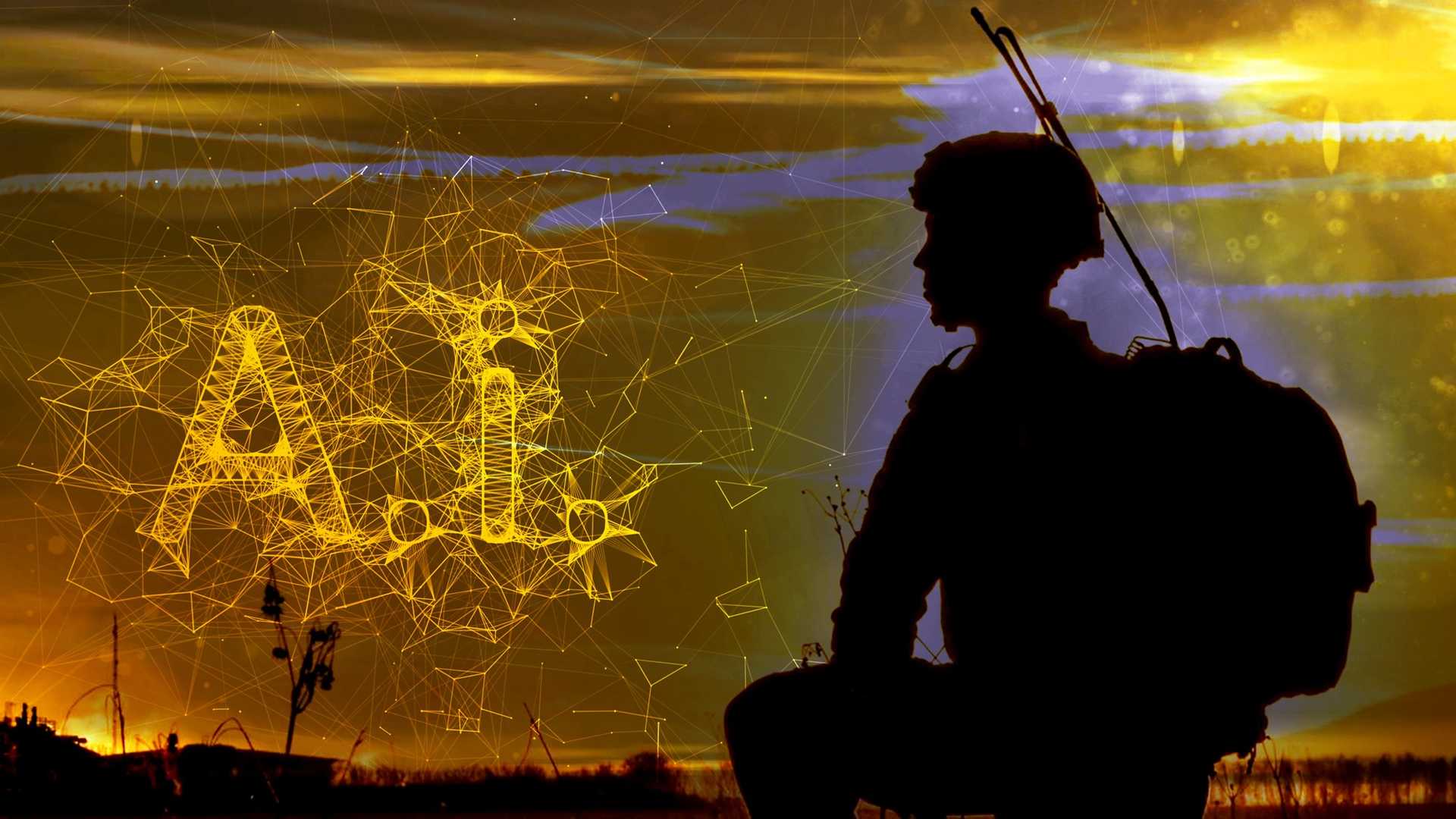From quantitative to qualitative arms control
On the other hand, some good ideas for arms control in the realm of EDT have been already pitched.
Using EDT for arms control – new opportunities
While many focus only on the negative effects of emerging technologies in the military, many new technologies also have at least the potential to help with verification and support weapons inspectors. The most obvious case is the use of unmanned systems for measurements or sample collection in hazardous environments which are unsafe for humans. Small systems can access hard-to-reach places and underwater drones can operate in flooded areas. While the use of physical drones or new and more precise sensors has rather obvious advantages, arms control experts are also thinking hard about how AI could make their lives easier. In the area of arms control, AI-based processes can improve verification, i.e. the accuracy and speed at which contract breaches can be identified, and therefore deter potential fraudsters. The spectrum of possible applications ranges from the analysis of trade data to uncover clues on the proliferation of weapons of mass destruction, to the identification of landmines that is boosted by AI with improved ground-penetrating radars.2 Others are experimenting with AI for detecting change within satellite images, e.g. to identify the expansion of bases, the analysis of open source pictures to identify facilities that are in operation, or to support the analysis of seismic occurrences to detect unnatural events like the testing of a nuclear device.3 But other possibilities worth considering might be the use of translation software, improving, for example, inspectors’ abilities to evaluate and understand large amounts of relevant documents.

The idea of using AI as a tool for arms control is not new. In as early as 1987, a volume on ‘Arms and Artificial Intelligence’, published by SIPRI, dedicated a whole chapter to the issue.4 Artificial intelligence has only become more capable since then, and many pilot projects have shown that it can enhance arms control significantly.
Artificial intelligence could bring a new level of objectivity to arms control and reduce human error and bias.
In an internal poll conducted by the IAEA, 86 percent of respondents were either ‘very’ or ‘somewhat confident’ ‘about the prospect of AI and ML to help the Department in safeguards surveillance’ (IAEA 2020, p. 12).
However, since the results of AI models are highly dependent on external factors, especially the data used to train them, the use of AI in arms control raises a new issue: Can the model be ‘trusted’? Whether states adhering to an arms control regime are willing to accept analysis based on ‘opaque’ algorithms remains an open question. Most commentators therefore agree that, while AI can be a useful tool to support arms control, it should be deployed to assist human officials, not replace them.
In sum, it is obvious that arms control can be significantly improved with the use of new emerging technologies, but new technologies probably won’t revolutionise arms control. As long as the relevant actors do not trust each other, it is unlikely that new technologies will be able to compensate for that lack of trust.
Footnotes
-
Reinhold, Thomas. 2022. “Arms Control for Artificial Intelligence”, In: Reinhold, T./Schörnig, N.: Armament, Arms Control and Artificial Intelligence. The Janus-faced Nature of Machine Learning in the Military Realm. Springer, 211–26. ↩
-
Lück, Nico. 2019. “Machine Learning-powered Artificial Intelligence in Arms Control”, PRIF-Report 8/19, https://www.prif.org/fileadmin/HSFK/hsfk_publikationen/prif0819.pdf ↩
-
Schörnig, Niklas. 2022. “Artificial Intelligence as an Arms Control Tool: Opportunities and Challenges”, In: Reinhold, T./Schörnig, N.: Armament, Arms Control and Artificial Intelligence. The Janus-faced Nature of Machine Learning in the Military Realm. Springer, 57–72. ↩
-
Din, A. M. (ed.). 1987. Arms and Artificial Intelligence. Oxford University Press. ↩